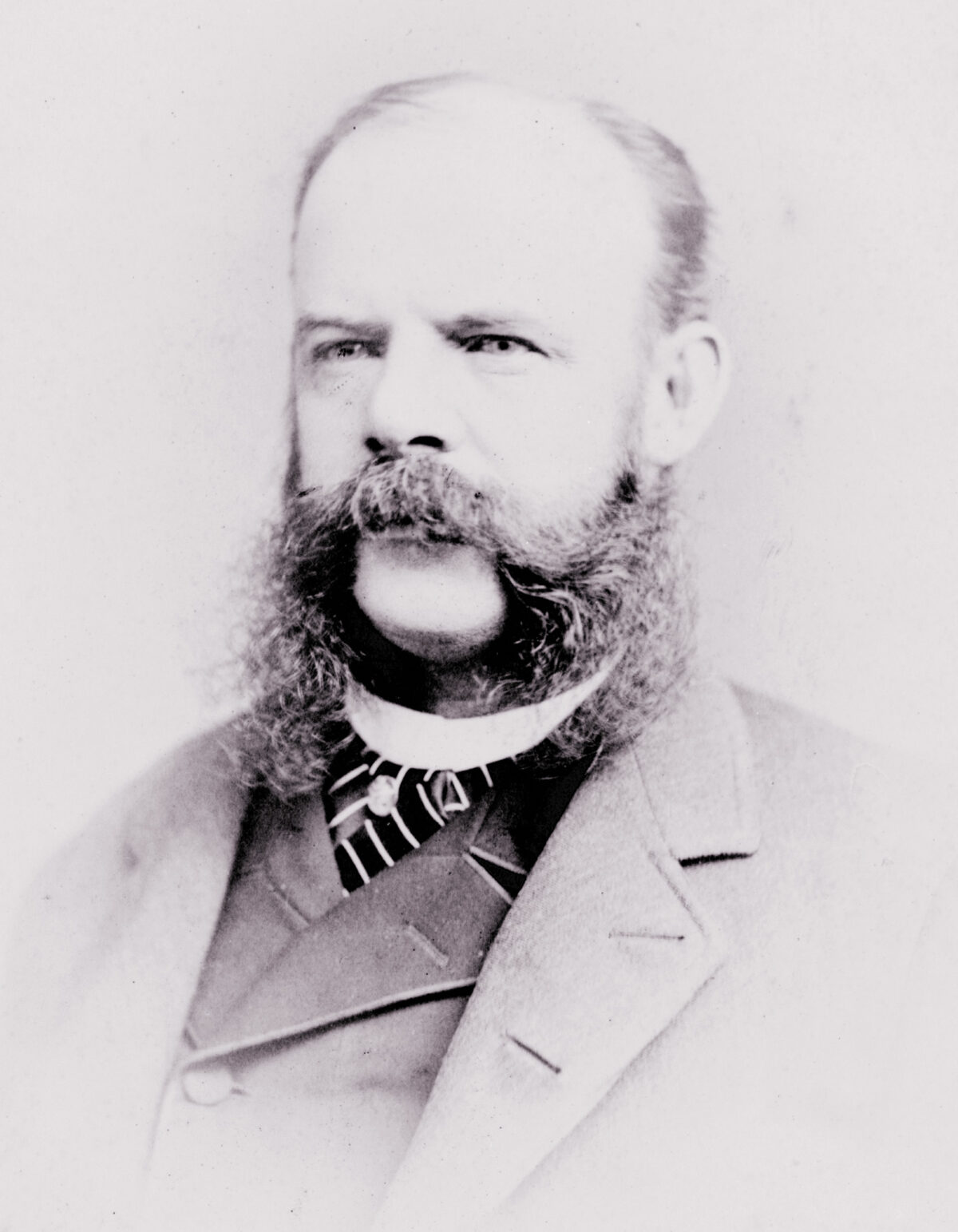John Edwin Forbes was a 23-year-old, classically trained artist when he was recruited in 1862 to join a corps of “special correspondents”—artists sent to report on the war through their illustrations. Forbes was hired by Frank Leslie to follow the Union Army and file his sketches for Frank Leslie’s Illustrated Newspaper.
First in the Shenandoah Valley and then following the Army of the Potomac, Forbes quickly discovered that finding the best view for sketching a battle was often thwarted by the combat itself. “I fully expected, when I started for the front, to accompany the troops into battle and seat myself complacently on a convenient hillside and sketch exciting incidents at my leisure; but how greatly reality differed from imagination,” Forbes wrote in his illustrated memoir Thirty Years After: An Artist’s Story of the Great War.
As a result, much of his work centered on camp life and the soldiers and officers themselves—though Leslie was more interested in Forbes’ action sketches and published few of the others.
In all, Forbes spent more than two years covering the war, mostly with the Army of the Potomac, witnessing the major battles of Cedar Mountain, Second Bull Run, Antietam, Chancellorsville, Gettysburg, the Wilderness and Petersburg. Forbes returned to his native New York in the autumn of 1864 and eventually settled in Brooklyn. He retrieved his wartime sketches from Leslie’s, and spent the years immediately following the war creating etchings from them, which were exhibited as Life Studies of the Great Army at the Philadelphia Centennial Exhibition in 1876. He also produced a number of oil paintings of war scenes, only a few of which survive, and illustrated a handful of books.
Thirty Years After, his two-volume memoir, was published in 1890 and features some 300 illustrations based on his wartime etchings. He died on May 6, 1895, in Brooklyn. Forbes and other war correspondents represented a turning point in American journalism. Called the “Bohemian Brigade” for their free spirits, they helped transform newspapers from serving simply as vehicles for opinionated editors to a medium that provided real news to the home front.
Originally published in the May 2014 issue of America’s Civil War.





